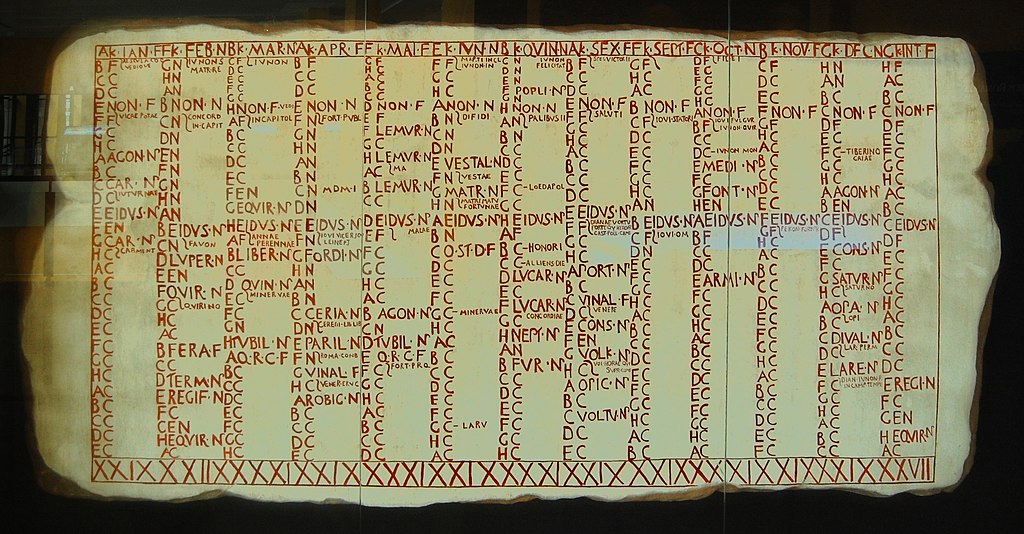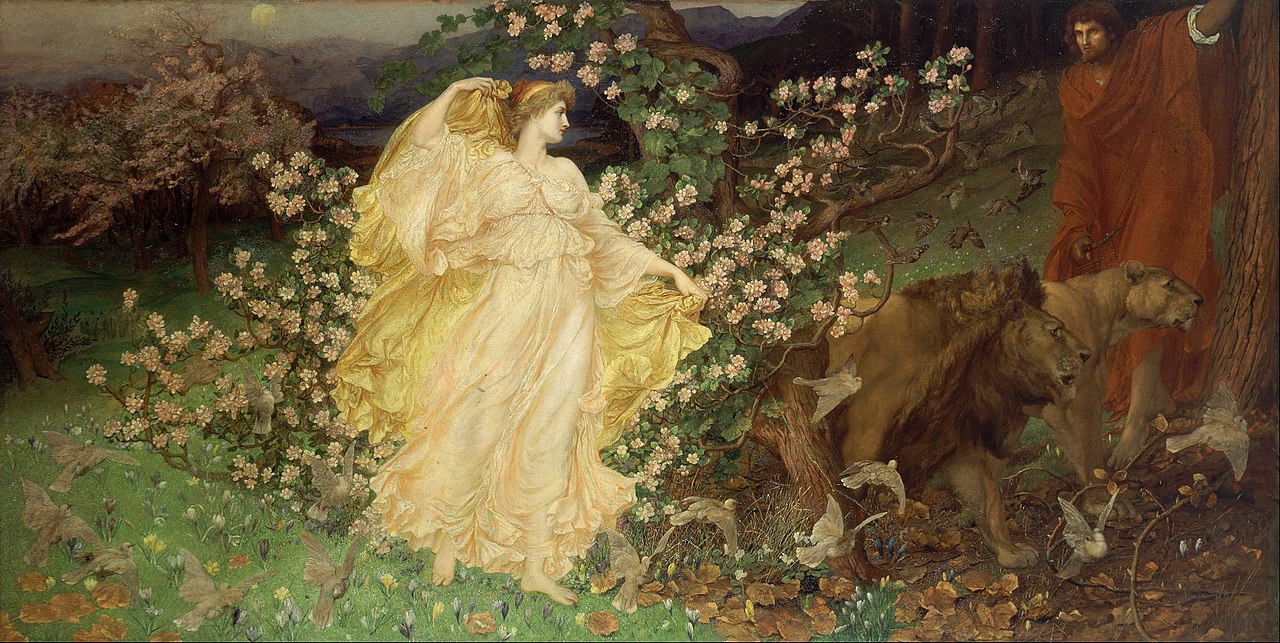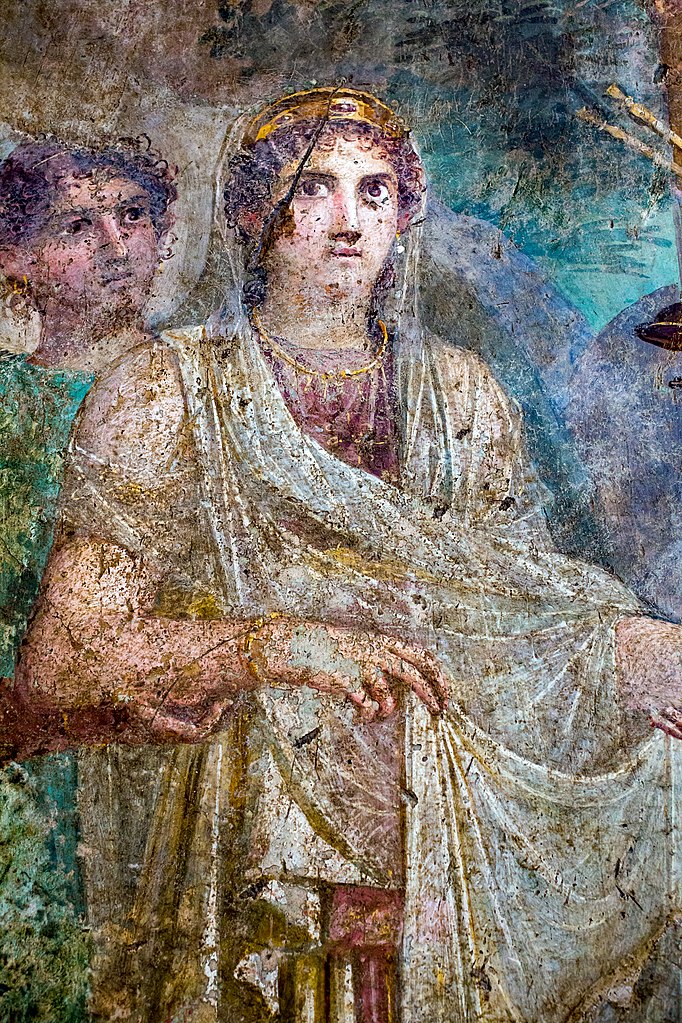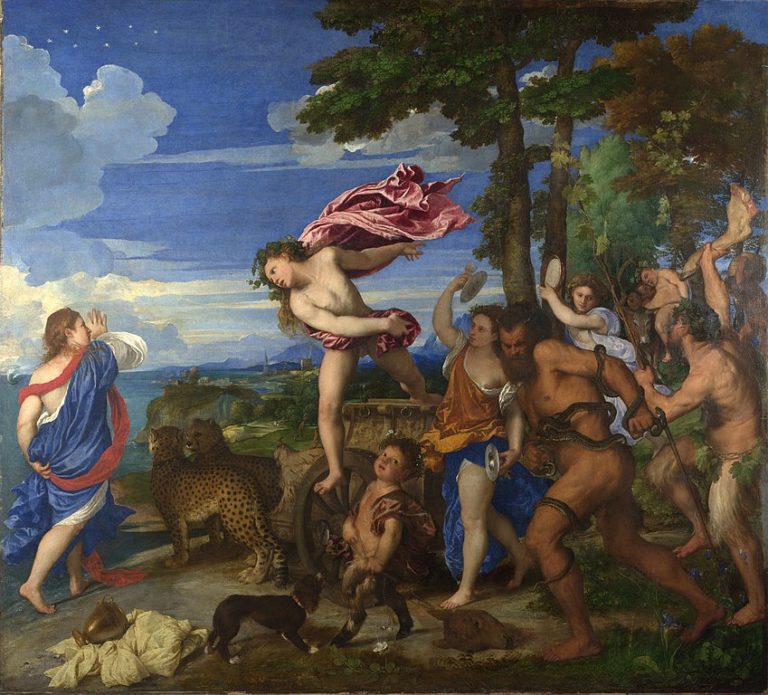
How Did Valentine’s Day Start and Why is Cupid Associated With it?
Valentine’s Day didn’t begin as a celebration of love—nor did it have anything to do with Cupid, the winged baby with his bow and arrow.

Each day of the week was named after a god. How about other units of time, say… months?
Well, it turns out that the 12 months of the year were also named after gods. But not all of them – some months were named after political figures, another after a ritual, and others were simply called by their ranking. Let me explain.
Let’s begin with:
January is named after Janus, the Roman god of beginnings and endings. Because of that, he’s the god of duality as well. Janus was depicted with 2 faces, each facing the opposite direction. Janus also represented gates, transitions, passage and time. Most Roman gods have a Greek predecessor or equivalent but not Janus. Janus was uniquely Roman. The choice of name is fitting because January begins the year. Interestingly, January is also one of the lasts to be added to the calendar. A ‘last’ that turned into ‘first’. Prior to that, the Roman calendar (under Romulus) only had 10 months. Then, a reform approved by Julius Caesar, added 2 more months to it.

It was named after a purification ritual called Februa, which occurred on the 15th of that month. It was a day of purging and cleansing to encourage a new healthy and fertile spring. During that ancient Roman period, the following month, March, would have been the first month of the year, when the spring equinox occurs. This purification rite was like a preparation to best introduce the new year.
The Romans named the first month of the year (at the time) after their number one patron god, Mars (Greek, Ares). He was the son of the king and queen of the gods, Jupiter and Juno respectively (Greek, Zeus and Hera). Mars was the god of war. It may seem odd that the Romans related this war god to their “pater” (father), but unlike the ancient greeks who saw Ares as a destructive, they saw Mars’s military power as protective. Mars was the protector of Rome.

There are 2 theories for April’s etymology. The first is that it comes from the name Aphrodite, the Greek goddess of beauty, love and procreation. Aphrodite would be a perfect description for the month of birth and blooming.
The other theory is that it comes from the Latin ‘apero/aperire’ which means ‘opening’, which suggests the action of a blooming flower. Both theories could be correct.

May comes from Maia, a Greek goddess who over time has become associated with growth, mother earth and the great mother. She was born from Atlas – the titan who holds the sky on his shoulders – and of Pleione, an ocean nymph. Another association with the etymology of May is the Latin word “maiores”, which means “elders”.
In his poem “Book of Days”, written in 8 AD, Ovid gives more than 1 possible inspirations for the name of this month. 1) It is named after Juno, the queen-wife of Jupiter, who represents marriage, love, childbirth and protection. 2) June is associated with “iunior” which means young. In this same logic, May would have come from “maiores” for older. It’s likely that Juno’s name is linked to the meaning of youth.

This month is not named after any gods or religious rite, but after the Roman general, Julius Caesar, by the Roman state. July would have been his birth month. Before the renaming, it was called Quintillis (five) because it was the 5th month of the year in the older Roman calendar. March was the first. Thanks to Caesar (and his astronomer), the calendar was corrected to sync better with the sun’s cycle.

The Roman state named this month after Caesar’s nephew, Augustus, the first emperor of Rome. Before the renaming, it was called Sextillis (6) as it was the sixth month of the year.
For the months of September to December, the names follow the numerical trend. Quintillis and Sextillis were renamed. But not Septem ( Latin 7).
Nor was Octo (8)…
Or Novem (9)…
or Decem (10).

I’m Sandra Ngo-Trong. I’m a documentarian, instructor, artist, UX designer and the founder of Chasing Gods
Fast (Book of Days) by Ovid
https://www.poetryintranslation.com/PITBR/Latin/OvidFastiBkOne.php
Macrobius Saturnalia
https://penelope.uchicago.edu/Thayer/L/Roman/Texts/Macrobius/Saturnalia/1*.html
Mars, popular deity in Roman empire
https://www.newworldencyclopedia.org/entry/mars_(mythology)
Calendar history
https://www.qualitylogoproducts.com/blog/history-of-calendars/
History of the calendar
http://www.historyworld.net/wrldhis/PlainTextHistories.asp?ParagraphID=bvt
A history of time
https://www.stneotsmuseum.org.uk/articles/a-history-of-time-the-story-behind-our-days-weeks-and-months/

Valentine’s Day didn’t begin as a celebration of love—nor did it have anything to do with Cupid, the winged baby with his bow and arrow.

When we think of Greek or Roman mythology, many of the images that come to mind—Zeus, Athena, Apollo—are shaped by art from the Renaissance era.

Brief overview of Dionysus Initially worshipped as a god of vegetation and fertility, Dionysus later became known for theater, and most famously, as the god
Each month, I share bite-sized learnings on mythology, symbols, and human nature, made simple and memorable.